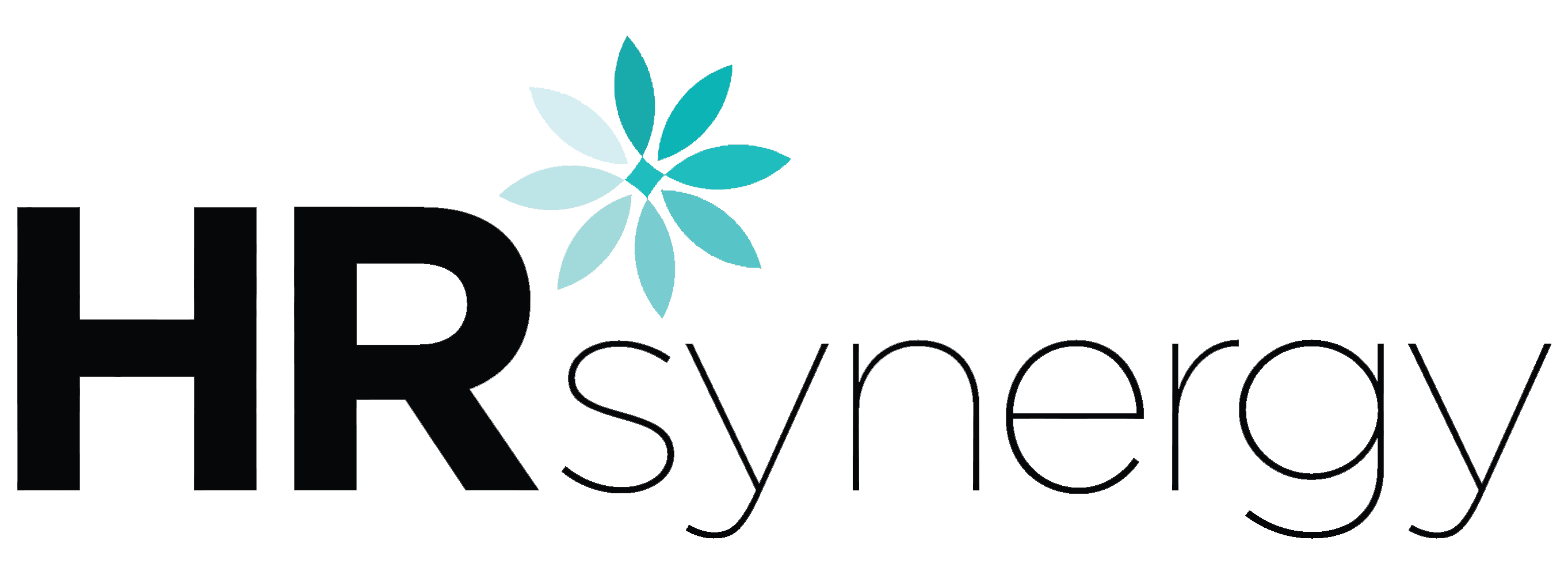July Calendar
July is Picnic Month and UV Safety Month.
Mid-Year Review: Take some time to review goals, identify items that need more work, and celebrate wins. Also, this time of year is a great opportunity to remind employees to take advantage of their benefits.
| July 4 | Independence Day |
| July 21 | National Ice Cream Day *check out our recipe |
| July 31 | Form 5500 is due (for calendar year plans) |
| July 31 | Form 5558 is due (for calendar year plans) |
| July 31 | Quarterly Forms 720 and 941 are due |
| July 31 | Compliance check.
This is time to review benefits notices, or issued as required |
